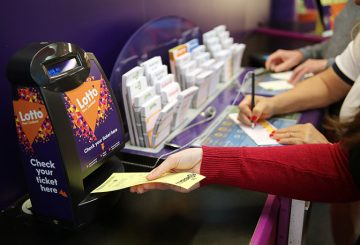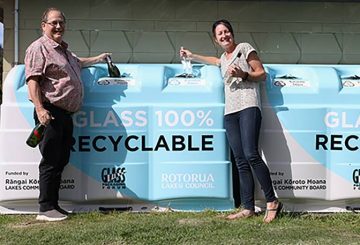Bất chấp những nỗ lực hạn chế quyền truy cập vào vapes cho những người trẻ tuổi, nhiều quốc gia đang chứng kiến sự gia tăng sử dụng thuốc lá điện tử ở thanh thiếu niên. Điều này đặc biệt đúng vì các “mod pod” có thể nạp lại và các thiết bị dùng một lần đã trở nên phổ biến hơn. Vapes rất hấp dẫn đối với giới trẻ do thiết kế bóng bẩy và hương vị đa dạng, nhưng chúng cũng gây ra rủi ro. Vapes có chứa nicotine có thể dẫn đến nghiện và thanh thiếu niên không hút thuốc lá vape có nhiều khả năng bắt đầu hút thuốc lá hơn.
Một số quốc gia đã thiết lập độ tuổi bán hàng hợp pháp tối thiểu để cố gắng giảm thiểu việc sử dụng trẻ vị thành niên. Ví dụ, ở New Zealand, vapes không thể được bán cho bất kỳ ai dưới 18 tuổi. Úc đã tiến thêm một bước nữa, yêu cầu kê đơn thuốc vapes có chứa nicotine. Tuy nhiên, vaping của giới trẻ tiếp tục gia tăng ở các quốc gia như Canada, Vương quốc Anh, Úc và New Zealand. Trên thực tế, một cuộc khảo sát sức khỏe gần đây ở New Zealand cho thấy 20% người từ 15 đến 17 đã sử dụng thuốc lá điện tử trong tháng qua.
Một nghiên cứu đã được thực hiện để hiểu cách thanh thiếu niên chưa đủ tuổi tiếp cận với vapes. Nghiên cứu cho thấy “tìm nguồn cung ứng xã hội”, hay chia sẻ giữa bạn bè, là cách phổ biến nhất. Người dùng vape chưa đủ tuổi cũng có thể mua từ các nhà bán lẻ thương mại, và một số thậm chí còn ăn cắp vape.
Nghiên cứu cũng bao gồm các cuộc phỏng vấn với 30 thanh thiếu niên New Zealand vape. Các phát hiện cho thấy tất cả những người tham gia đã chia sẻ vapes với bạn bè, thành viên gia đình và người quen làm việc. Một số người tham gia tránh sở hữu thiết bị của riêng họ và chỉ sử dụng vape của người khác, mà họ cảm thấy cho phép họ kiểm soát việc sử dụng.
Hầu hết những người tham gia đã yêu cầu bạn bè lớn tuổi hoặc anh chị em mua vapes cho họ. Một số thậm chí đã trả một khoản phí cho dịch vụ này. Một vài người tham gia đã hỏi những người lạ mà họ gặp trên phương tiện truyền thông xã hội hoặc các cửa hàng bán lẻ bên ngoài mua vapes cho họ. Gần như tất cả những người tham gia đều biết về các nhà bán lẻ bán cho những người chưa đủ tuổi và nhiều người đã mua các sản phẩm vaping từ các nhà bán lẻ này.
Nghiên cứu cho thấy rằng cần giám sát và thực thi mạnh mẽ hơn các nhà bán lẻ để ngăn chặn việc bán hàng của trẻ vị thành niên. Nó cũng nhấn mạnh sự cần thiết của các chính sách làm giảm tính sẵn có và hấp dẫn của các sản phẩm vaping. Theo dõi tác động của lệnh cấm bán vapes dùng một lần, theo kế hoạch của chính phủ, có thể là một trong những biện pháp như vậy.





























































